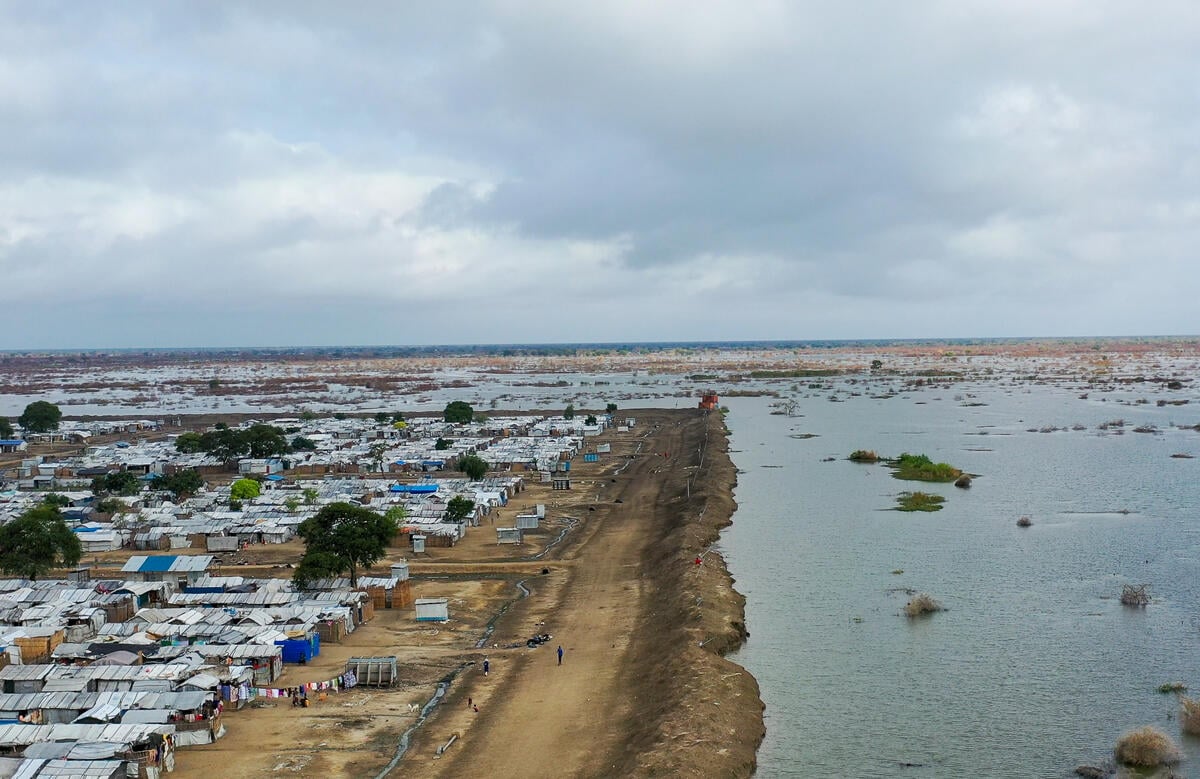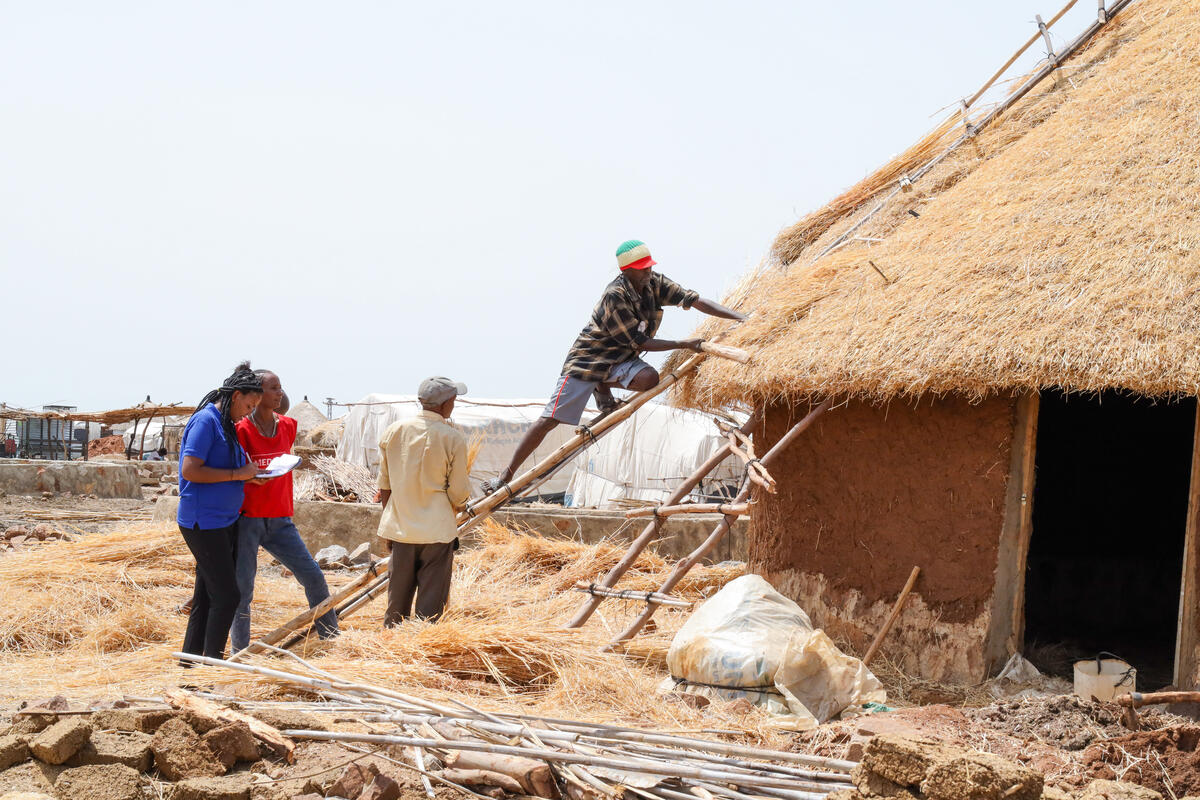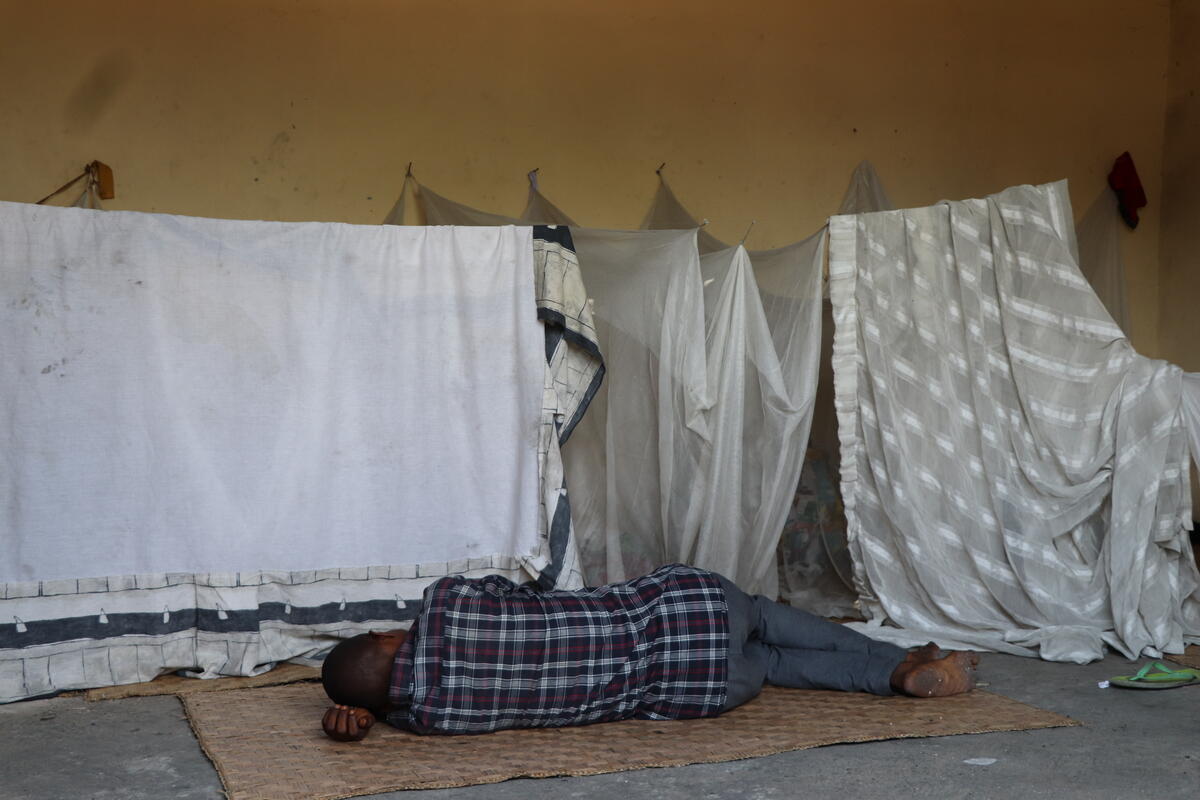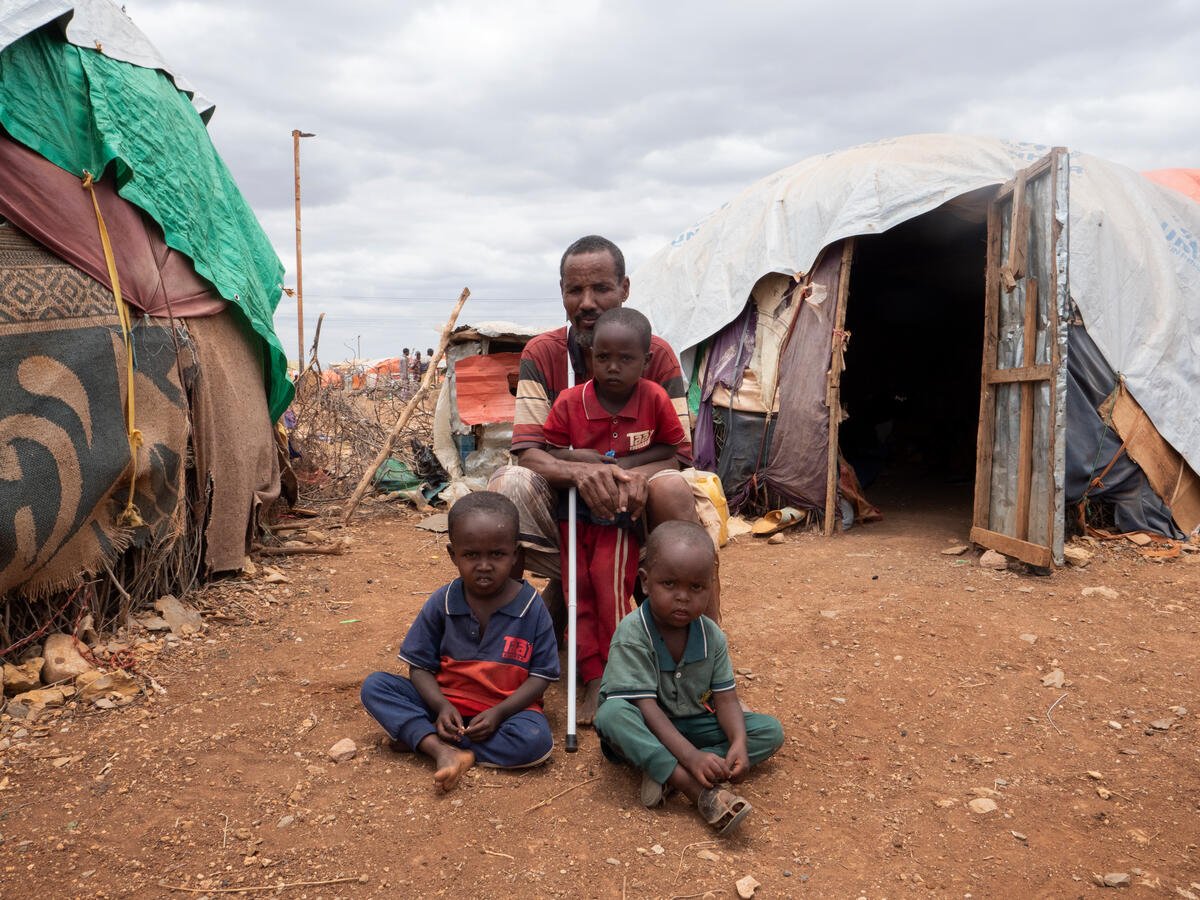For those forced to live under canvas, a simple solution to a searing problem
For those forced to live under canvas, a simple solution to a searing problem

NOWSHERA, Pakistan, July 11 (UNHCR) - As scorching heat grips large areas of Pakistan, the UN refugee agency is working to make living in a canvas tent more bearable for 40,000 displaced people.
With assistance from the European Commission, UNHCR has been constructing protective covers around tents in the Jalozai camp near Peshawar that offer shade and lower temperatures in a barren area where the thermometer regularly reaches 45 degrees.
A pilot phase of the project launched last month provided some 120 families with tent shelters. The project will go on to build covers around 8,000 family tents, bringing relief from the heat to more than 40,000 internally displaced people. The shelters will remain up year round and will provide additional insulation in the winter, when temperatures plummet.
"My children couldn't sleep in the tent at night and during the day would look for shade under a tree," said Lal Khan, 45, one of the beneficiaries of the new shelters.
In constructing the shelters, a bamboo frame is first assembled around the family's tent. Plastic sheeting is then suspended over the roof of the frame while netting surrounds the structure to allow for air circulation while serving as a purda or privacy screen. The shelters have the added benefit of extending the family's living area.

"The tent shelters provide a simple solution to a number of issues," said Zelalem Mengistu, a UNHCR shelter expert. "They offer relief from hot and cold weather, protect the tents from high winds and allow the families to eat and socialize outside their tents while maintaining their privacy."
Some 12,900 displaced families live in the Jalozai camp. Nearly all of them - 12,700 families - are from Khyber Agency while the remaining 200 families are from Bajaur Agency.
"Now that they have a roof over their heads and are more comfortable my children are better able to focus on their studies," said Lal Khan who arrived at Jalozai four months ago with his wife and four children.
By Qaiser Khan Afridi, in Jalozai camp, Nowshera








